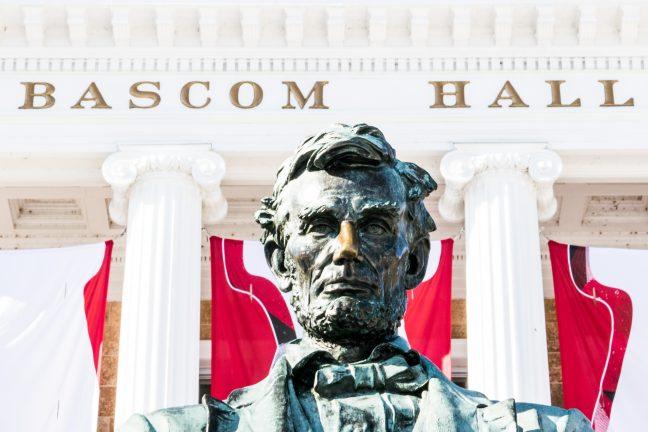President’s Day is right around the corner. When an American is asked who their favorite president is, the answer is often someone who is already pretty popular. Usually these popular presidents had to deal with a war or other major crises, and how they handled these problems is how voters often remember them. It is the presidents who’ve done the most Americans seem to remember fondly.
Voters always wonder what a president is going to do. I don’t think I’ve ever met one who asks what a president won’t do, but I think wanting constant action isn’t always the right way to go.
Rather than do more, should a president do less? There was a commander-in-chief who believed in such a model for government. His name was Calvin Coolidge.
In many ways Coolidge didn’t seem like a man who would one day become president. He gained the nickname “Silent Cal” because of his personality. His man-of-few-words persona generated its own humor. At a dinner party, a woman challenged that she could get him to say more than two words. His response: “You lose.”
Coolidge’s quietness proves you don’t need be loudly charismatic or a great orator to be successful in the nation’s highest office. He was inaugurated in 1923 following the death of President Warren Harding. The Harding administration had overflowed with scandals, so Coolidge knew it would be his duty to restore credibility to the White House.
The leviathan of these scandals involved Secretary of the Interior Albert Fall leasing naval petroleum reserves in Teapot Dome, Wyoming, to private companies. Coolidge appointed two special counsels to investigate the scandal and pursue charges if necessary. It ultimately led to Fall being found guilty. The American people realized they had a president who would actually look out for them.
To jump-start his economic program, Coolidge declared in an address to the American Society of Newspaper Editors that the “chief business of the American people is business.” This conservative philosophy would be the most significant portion of his legacy. He and Secretary of the Treasury Andrew Mellon initiated a strategy of large tax and spending reductions to improve the economy while simultaneously having enough revenue to keep the federal government afloat.
There was a concern at the time higher tax rates discouraged the wealthy from investing their capital into the economy. The Coolidge administration hoped lowering the rates would create incentives so more people would withdraw from putting their incomes into tax shelters. Mellon called it “scientific taxation” and it had started under Harding, but only took off when Coolidge became president.
Harding had already reduced the top income tax rate from 71 percent to 46 percent, but Coolidge’s three Revenue Acts (this is back in an era when names of bills didn’t need to be so flashy) in 1924, 1926 and 1928 would bring it down to 25 percent. The code was simplified and efficient. These supply-side policies unleashed what has become known now as the Roaring Twenties.
The economic boom during the 1920s was one of the greatest in American history. From 1922 to 1929, real gross domestic product grew at an annual rate of 4.7 percent. Unemployment steadily declined during the period from 11.9 percent in 1921 to 3.2 percent in 1929.
Letter to the Editor: Robert Kennedy points the way for the future of progressives
The strategy of scientific taxation worked perfectly. In 1922, the share of total income taxes paid by those making more than $100,000 was 35.1 percent. In 1928, that share expanded to 61.3 percent. The share paid by those making less than $5,000 declined from 11.1 percent in 1922 to 1.1 percent in 1928.
Budget surpluses allowed Coolidge to begin paying off the national debt. It stood at $22.3 billion in 1923, but was down $16.9 billion when he left office 1929.
Quality of life also vastly improved when Coolidge was in office. With production costs declining for businesses and incomes rising for consumers, more people than ever were able to purchase goods common in every household today. A majority of Americans did not own cars, indoor flush toilets or electricity in their homes until the end of the decade. It was called the “Coolidge Prosperity.”
Lastly, Coolidge didn’t have a problem with fighting a war of words against the Ku Klux Klan, one of the most powerful organizations at the time. His vocal opposition of racism and his support for anti-lynching legislation as vice president eventually led to the fizzling out of the second KKK.
At the very end of his presidency in March 1929, Coolidge signed a bill to erect a national monument in celebration of the achievements African-Americans had made. Unfortunately, it was blocked by segregationists in Congress.
During the five and a half years he was in office, Calvin Coolidge created a lasting legacy of what a president could do through inaction. It isn’t always about how much you talk, but about using words to carry real weight. Indeed, Coolidge showed less can truly be more.
John M. Graber ([email protected]) is a junior majoring in history and political science.




















